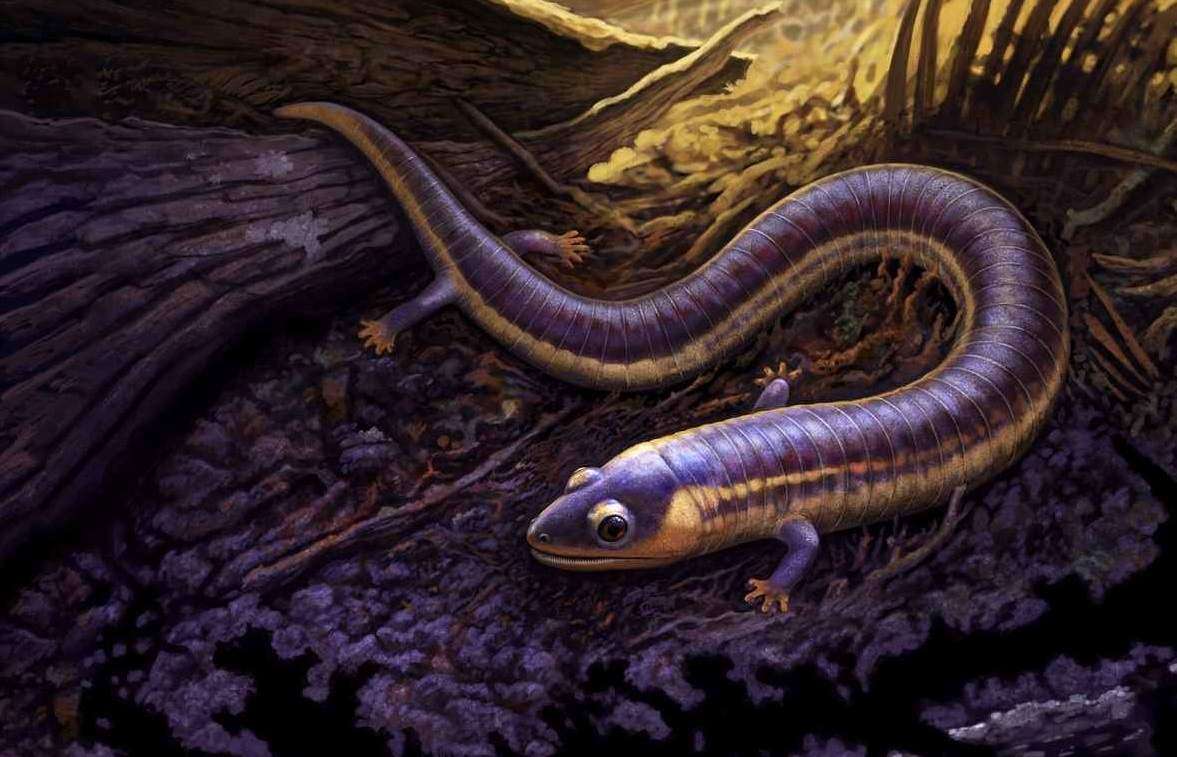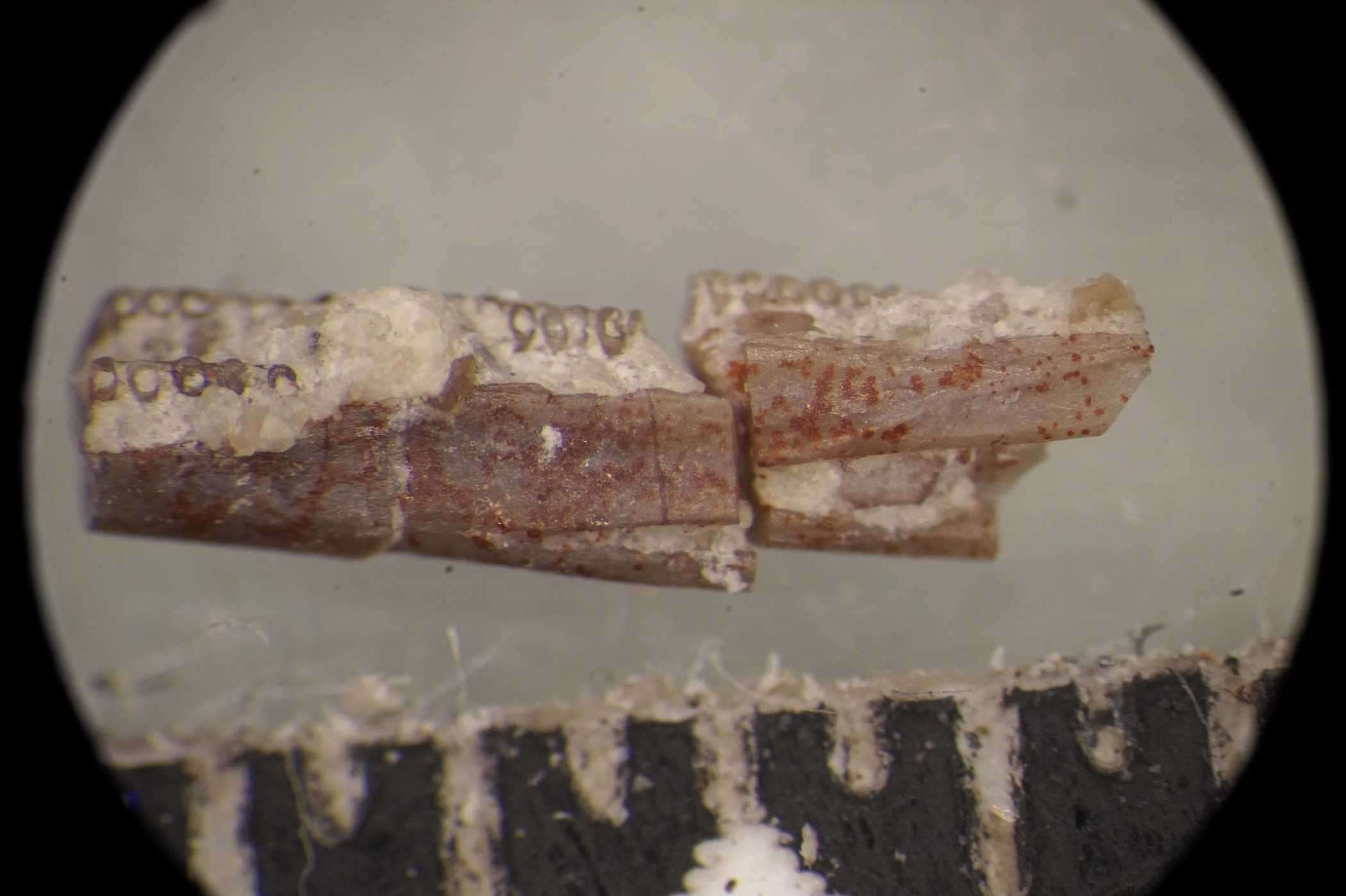A Big Step Towards Hydrogen Fuel Out of Thin Air-Just Like a Plant
A porous, transparent electrode solar cell can generate hydrogen gas fuel from the moisture in the air around it.

For 3 years, paleontologists working in Petrified Forest National Park have been unearthing the remains of perhaps the oldest known amphibian.
It's not a frog, nor a salamander, but the early-Triassic version of what today are called Caecilians: a family of legless, salamander-adjacent, burrowing critters.
The fossils extend the record of this small, burrowing amphibian by roughly 35 million years. The find also fills a gap of at least 87 million years in the known historical fossil record of the creature.
The fossil was first co-discovered by Ben Kligman, a doctoral student in the Department of Geosciences, part of the Virginia Tech College of Science, at Arizona's Petrified Forest during a dig in 2019.
Prior to this new study, published recently in the journal Nature, only 10 fossil caecilians were known, dating back to the Early Jurassic Period, about 183 million years ago. However, previous DNA studies estimated evolutionary origins of caecilians back to the Carboniferous or Permian eras, some 370 million to 270 million years ago, according to Kligman, marking that 87-million-year gap. However, no such fossils had been found.
"Fossil caecilians are extraordinarily rare, and they are found accidentally when paleontologists are searching for the fossils of other more common animals," said Kligman. "Our discovery of one was totally unexpected, and it transformed the trajectory of my scientific interests."
Whatever his scientific interests were, music was certainly among the others. The name of the amphibian ancestor, Funcusvermis, is a Latinized way of saying "Funky Worm" after an Ohio Players' 1972 song of the same name from their album Pleasure.
Modern caecilians are limbless amphibians with cylindrical bodies and a compact, bullet-shaped skull that helps them burrow underground. Now exclusively home to South and Central America, Africa, and southern Asia, caecilians spend their lives burrowing in leaf litter or soil searching for prey such as worms and insects. This underground existence has made studying caecilians difficult for scientists.

Some believe they're related to Dissorophoidea, a family of medium-sized amphibians in the order Temnospondyli—one of the largest orders of amphibians. However, it's also argued that Temnospondyli all died out, leaving no living relatives.
Funcusvermis actually shares skeletal features related more with early frog and salamander fossils, strengthening the evidence for a shared origin and close evolutionary relationship between caecilians and these two groups.
"Unlike living caecilians, Funcusvermis lacks many adaptations associated with burrowing underground, indicating a slower acquisition of features associated with an underground lifestyle in the early stages of caecilian evolution."
At the Petrified Forest National Park, where the initial discovery was found in 2019, the lower jaws of at least 70 individuals of Funcusvermis have been recovered as of summer 2022, making the area "the most abundant fossil caecilian-producing bonebed ever discovered," Kligman said.
Only a handful of bones of Funcusvermis have been found, including upper and lower jaws, a vertebra, and part of a hind limb, Kligman said, all coloring in the picture of what was tiny animal.
"This find clearly demonstrates that some fossils that you can barely see can greatly change our understanding of entire groups that you can see today," said co-author Sterling Nesbitt, an associate professor in the Virginia Tech Department of Geosciences, who added it could "reset the board on paleontology."
SHARE This Latest Back-Dating With Your Friends On Social Media…
Be the first to comment